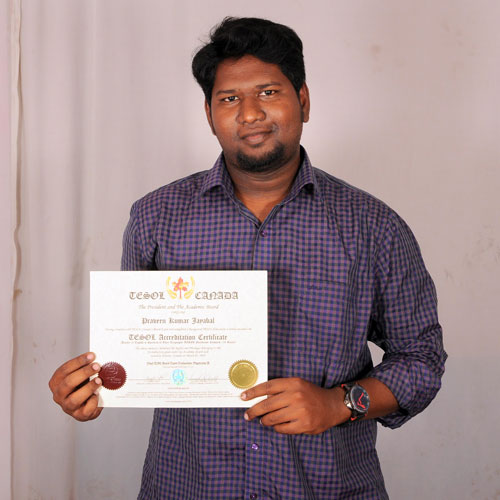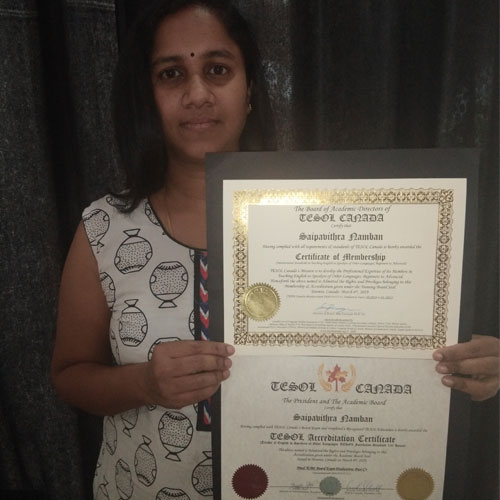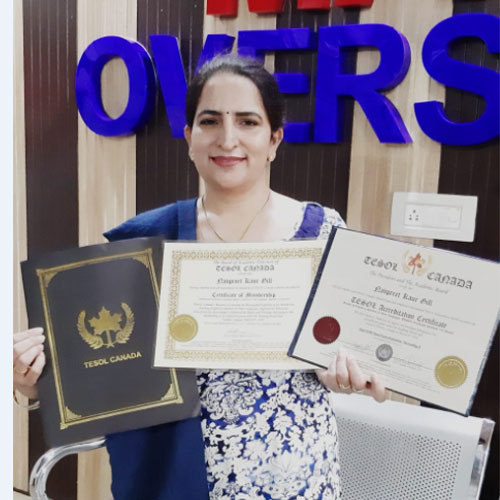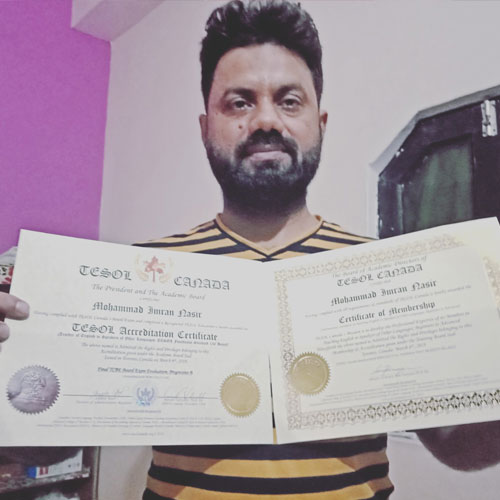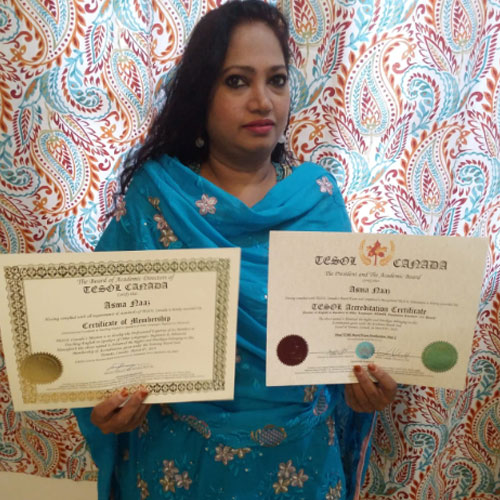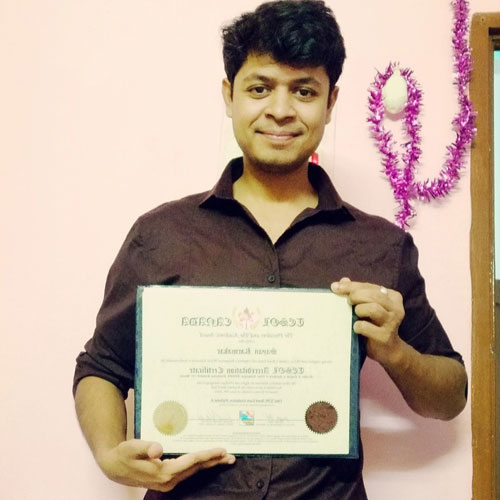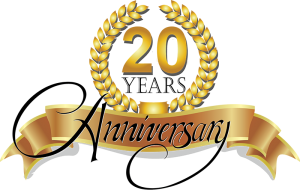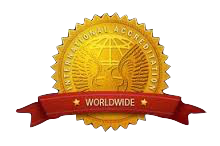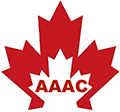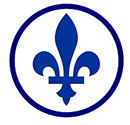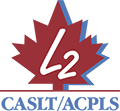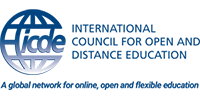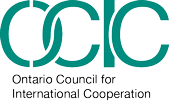Dual Language Programs and models
Dual language education can refer to a variety of programs and practices. Most broadly, DL programs use two different languages for instruction of core subjects like math, reading, social studies, and science. Such programs have three ultimate goals:
(a) the development of bilingualism and biliteracy,
(b) high academic achievement, and
(c) cross-cultural competency.
While the most recent explosion of new programs is in elementary schools, with classes starting in kindergarten, dual language models also exist at the middle and high school levels.
The most common models are called “two-way” and “one-way” immersion, but there are also “heritage” and “developmental bilingual” programs. Each model serves a different group of students:
- Two-way immersion models instruct roughly equal numbers of students from two different language backgrounds. For example, a new program in Carthage, Missouri, mixes approximately 50% native English speakers and 50% native Spanish speakers. The students spend half their day studying some of their subjects in English and half of their day with another teacher, studying other subjects in Spanish.
- One-way immersion models are typically designed for students from the same language background to acquire a new, foreign language. For example, the St. Louis Language Immersion Schools serve nearly 90% native English speakers who study their school subjects in either Spanish, French, or Mandarin. Académie Lafayette in Kansas City serves nearly 100% native English speakers and provides content education in French.
- Developmental bilingual education is similar to one-way immersion, but these students are usually from immigrant or migrant families, and so they come to school speaking a language other than English. In the U.S., then, this model aims to continue developing students’ native or home language as well as English. Spanish-English developmental bilingual programs are common in Texas.
- Heritage language programs are also similar to one-way immersion, but they serve students from the same linguistic and cultural background, who usually only speak English, rather than their families’ heritage language. The unique goal of such programs is to revitalize a family or cultural language. Examples include native Hawaiian programs.
In Canada, the bilingual education offers French and English programs in one school. Students learn both languages and are instructed in both languages. Exams often vary from one subject to the other, but students shall be competent in both languages. Language teachers shall be able to teach English and French and in most cases STEM programs in either language. Due to high percentage of immigration, nowadays some schools offer trilingual programs in English, French, and the native language of the community such as Hindu, Arabic, Farsi, German, Chinese, or even Russian.
